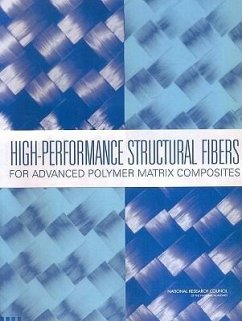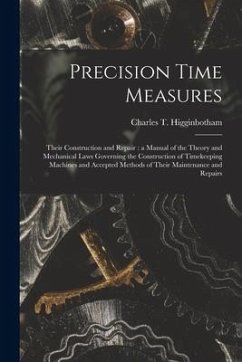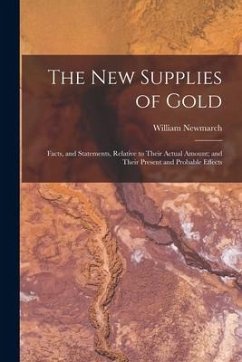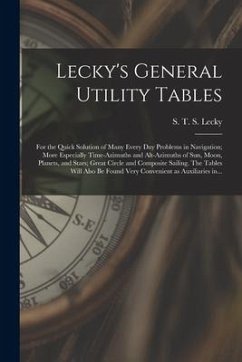
Extension of Viscoplasticity Based on Overstress to Capture the Effects of Prior Aging on the Time Dependent Deformation Behavior of a High-Temperature Polymer

PAYBACK Punkte
10 °P sammeln!
The inelastic deformation behavior of PMR-15 neat resin, a high-temperature thermoset polymer, was investigated at 288 degrees C. The experimental program was designed to explore the influence of strain rate on tensile loading, unloading, and strain recovery behaviors. In addition, the effect of the prior strain rate on the relaxation response of the material, as well as on the creep behavior following strain controlled loading were examined. The experimental data were modeled with the Viscoplasticity Based on Overstress (VBO) theory. A systematic procedure for determining model parameters was...
The inelastic deformation behavior of PMR-15 neat resin, a high-temperature thermoset polymer, was investigated at 288 degrees C. The experimental program was designed to explore the influence of strain rate on tensile loading, unloading, and strain recovery behaviors. In addition, the effect of the prior strain rate on the relaxation response of the material, as well as on the creep behavior following strain controlled loading were examined. The experimental data were modeled with the Viscoplasticity Based on Overstress (VBO) theory. A systematic procedure for determining model parameters was developed and the model was employed to predict the response of the material under various test histories. Additionally the effects of prior aging at 288 degrees C in argon on the time (rate)-dependent behavior of the PMR-15 polymer were evaluated in a series of strain and load controlled experiments. Based on experimental results, the VBO theory was extended to capture the environmentally induced changes in the material response. Several of the VBO material parameters were expanded as functions of prior aging time. The resulting model was used to predict the high-temperature behavior of the PMR-15 polymer subjected to prior aging of various durations. This work has been selected by scholars as being culturally important, and is part of the knowledge base of civilization as we know it. This work was reproduced from the original artifact, and remains as true to the original work as possible. Therefore, you will see the original copyright references, library stamps (as most of these works have been housed in our most important libraries around the world), and other notations in the work. This work is in the public domain in the United States of America, and possibly other nations. Within the United States, you may freely copy and distribute this work, as no entity (individual or corporate) has a copyright on the body of the work. As a reproduction of a historical artifact, this work may contain missing or blurred pages, poor pictures, errant marks, etc. Scholars believe, and we concur, that this work is important enough to be preserved, reproduced, and made generally available to the public. We appreciate your support of the preservation process, and thank you for being an important part of keeping this knowledge alive and relevant.












